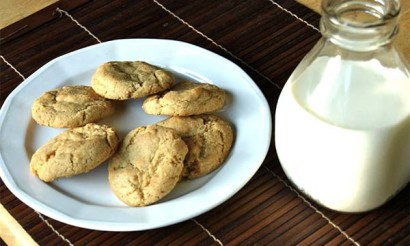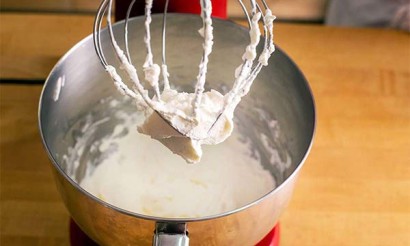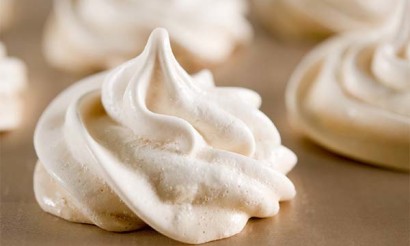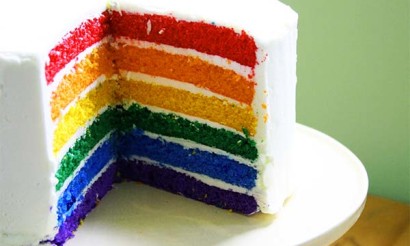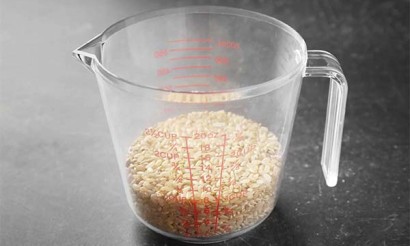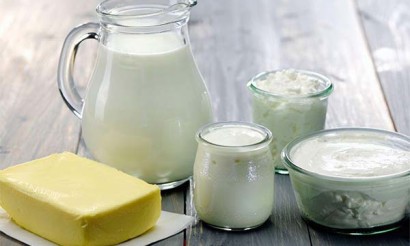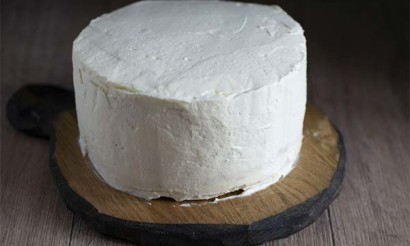How to know if cheesecake in the oven is ready: 4 ways
A popular cheesecake is a sandy base plus cream cheese or cottage cheese. The dessert is made in different ways - without baking, in the oven, in the microwave and even in the multicooker. The trick to baking a treat is long, even heating. To avoid disappointing family members or guests, it's important to properly determine if the pastry is ready.
Tips for working with cheesecake
To make the perfect cheesecake, follow the advice of professionals:
- Choosing cheese. Buy the best cheeses - Philadelphia, Bucoco Classic, President Cream, Almette cottage cheese, Rama Cream Bonjour. Or prepare the product yourself. Purchase sour cream with a fat content of 20% or more, suspend overnight in a gauze bag to drain off the whey. In the morning, salt, send to the refrigerator to mature for 12-16 hours. Homemade cheese should not be very salty, watery.
- Ingredient Temperature. All components of the confectionery at least half an hour before cooking.
- Base. For the perfect base will not fit Jubilee cookies. It is better to bake the base at home from whole wheat flour, eggs and quality butter. To avoid cracks forming on the surface, add the eggs one at a time, kneading thoroughly. Do not overwork the mixer. Use it on low speed, otherwise the dough will be saturated with air bubbles, the finished baked goods will be uneven.
- Form for baking. Give preference to a split mold. It is easier to remove the finished product unharmed. A suitable diameter is 21-22 cm.
- Baking method. Use a water bath, so that the cheesecakes turn out more tender, with a homogeneous structure. To do this, wrap the form with foil, put it in a tray with hot water. The optimal baking temperature is 160-175°C.
- Cool down. After 45 minutes of baking, do not hurry to take the dessert out of the oven. Slightly open the door, fix it with a wooden spoon. After 40 minutes, take it out, put it on the table. When the temperature of the base is equal to room temperature, run a knife along the walls of the form, send it to the refrigerator. After two hours of cooling, remove the mold.
How to Check Cheesecake Readiness
Check the readiness of the dessert in one of several ways to choose from. You can use a thermometer, tap the mold, touch the surface, or judge the appearance.
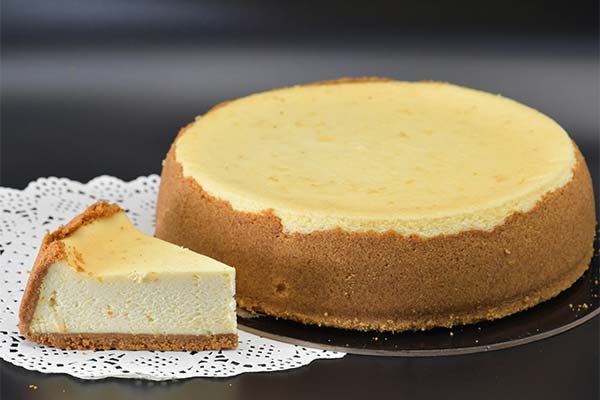
Kitchen thermometer.
Carefully insert a quick kitchen thermometer into the middle of the cheesecake, as the dough bakes faster around the edges. If the temperature is below 66°C, continue to cook the cheesecake for a few more minutes.
Measure the temperature once, so as not to damage the dessert.
Shaking the Cheesecake
Another way to check if the cheesecake is ready is to shake the mold a little or tap the sides of the mold. If the central part, no more than 6 cm in diameter, jiggles, the cheesecake is removed from the oven.
Touching the surface
Touch the center of the bake with a clean finger. The finished cheesecake should have a firm surface. If moisture remains on the finger, oil streaks or the product is soft, it should be baked for another 5 minutes.
External Inspection
Signs that the pastry is ready:
- Firm, slightly raised, golden-colored edges;
- Matte surface without shiny areas.
If edges are liquid, dessert is not ready. Only the center portion is allowed to shake.
How to tell if a cheesecake is ready without baking
Cheese filling dessert confectioners, housewives stabilize with gelatin. To solidify the protein composition, the cheesecake is sent to the refrigerator.
To check readiness after the cheese mixture has set, touch it with a dry finger. If the filling springs and does not stick to the skin, the treat can be eaten.
Do not use toothpicks, matches or even a knife to test the cheesecake. Not only will you not get the information you need, but your actions will cause the surface to crack.
«Important: All information on this site is provided for informational purposes only. for educational purposes only. Consult with a specialist before applying any of the recommendations. specialist before you use any of the recommendations. Neither the editors nor the authors shall be liable for any possible harm caused by materials."

